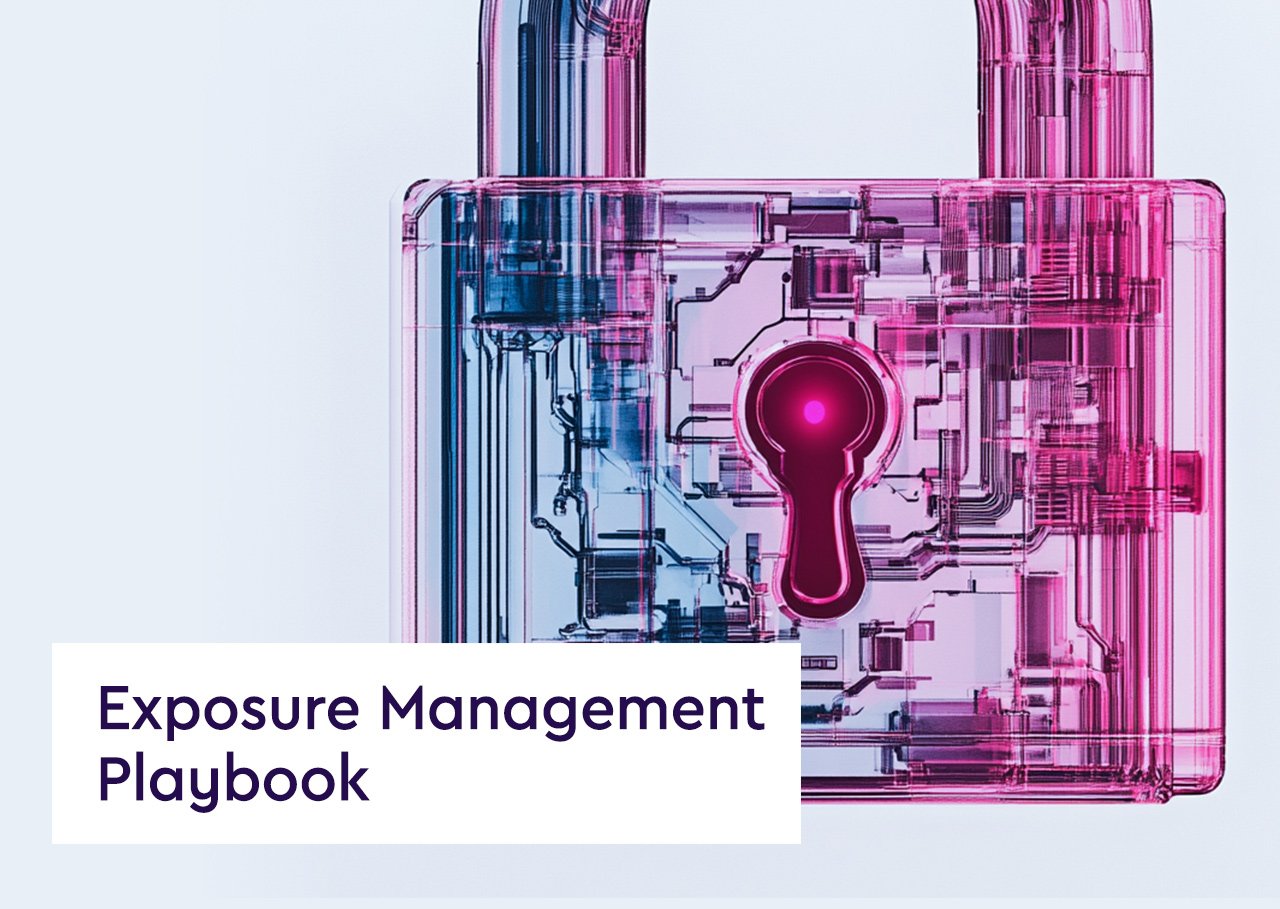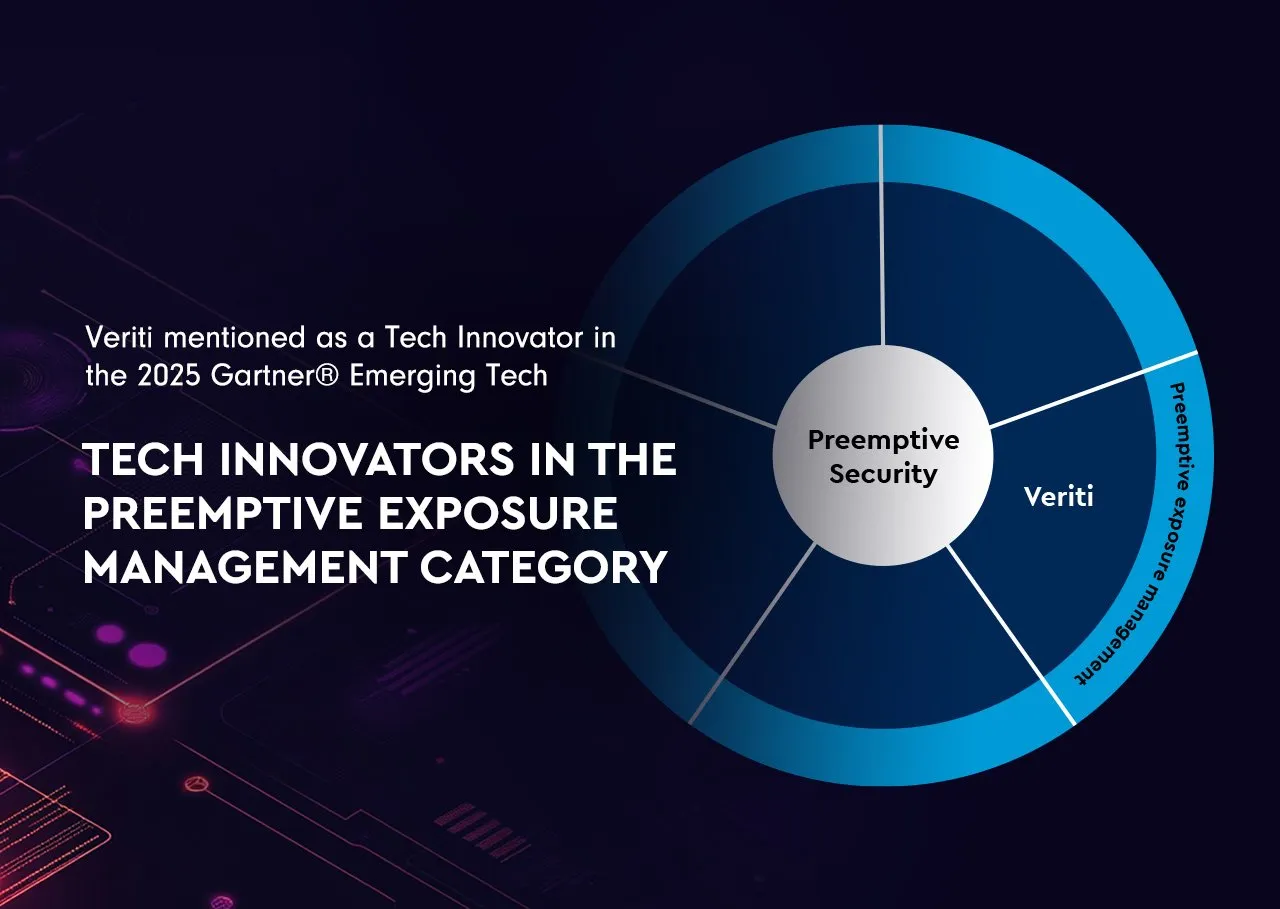Definition: Security Controls Validation is the process of verifying and ensuring that the cybersecurity measures and protocols in place within an organization are effective and functioning as intended. This critical process involves testing and evaluating security controls to confirm they are properly protecting the organization’s digital assets against potential threats and vulnerabilities.
Key Elements of Security Controls Validation:
- Testing and Assessment: Employing various methods, such as penetration testing, vulnerability scanning, and security audits, to test the effectiveness of security controls.
- Compliance Verification: Ensuring that security measures comply with industry standards, regulations, and best practices.
- Performance Analysis: Analyzing the performance of security controls to identify any gaps or weaknesses.
- Continuous Improvement: Using the insights gained from validation processes to continuously improve security measures.
Importance of Security Controls Validation:
- Assurance of Effective Defense: Provides confidence that the cybersecurity controls are effectively mitigating identified risks.
- Identification of Weaknesses: Helps in pinpointing areas where security controls may be insufficient or require enhancement.
- Regulatory Compliance: Essential for meeting various regulatory requirements that mandate specific security controls and their effectiveness.
- Informed Decision-Making: Assists in making informed decisions regarding investments in cybersecurity measures and resource allocation.
Challenges in Security Controls Validation:
- Complexity of IT Environments: Validating security controls in increasingly complex and dynamic IT environments can be challenging.
- Evolving Cyber Threats: Keeping pace with the continuously changing landscape of cybersecurity threats and adapting validation methods accordingly.
- Resource and Skill Requirements: Allocating adequate resources and expertise for comprehensive validation efforts.
Best Practices for Security Controls Validation:
- Regular and Systematic Testing: Conducting regular and thorough testing of security controls using a variety of techniques.
- Stakeholder Engagement: Involving key stakeholders from different departments to ensure a comprehensive validation process.
- Utilization of Advanced Tools: Leveraging advanced tools and technologies to facilitate thorough and efficient validation.
- Documentation and Reporting: Maintaining detailed documentation and reports of validation processes and outcomes for accountability and continuous improvement.
Security Controls Validation is a vital component of an effective cybersecurity strategy. It ensures that the security measures in place are not only compliant with regulatory standards but are also effective in protecting against real-world threats. Regular and thorough validation is essential for maintaining a strong security posture and adapting to the evolving cyber threat landscape.




